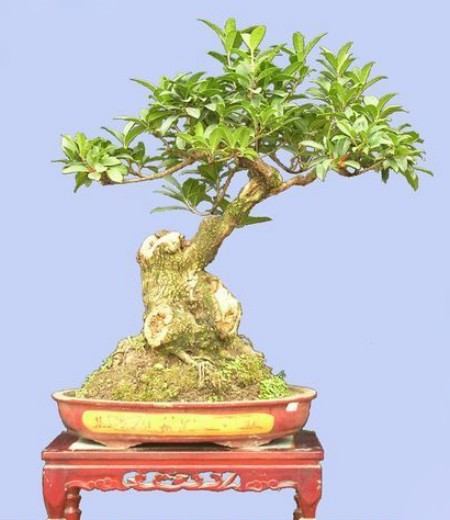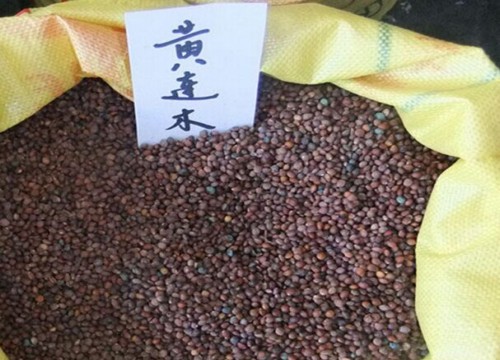The layout method of jungle bonsai
The layout of jungle bonsai is very important and is the key to the success or failure of jungle bonsai production. By observing, deliberating and adjusting the position of the trees in the basin, we try to make the layout of a number of trees in the basin, so that there are primary and secondary, sparse and dense, high and low; trees compete with each other, take care of each other, and form a beautiful layout.

The jungle bonsai should have the smell of the woods, the tree trunks should be arranged before and after, and the branches should be in front and back before the forest can have a deep feeling. Among the common plants that can make bonsai, a multi-dry jungle pile is generally given by nature, which takes a long time and difficult to cultivate manually.
When laying out, we should first determine the location of the main tree, and then consider the location of the secondary tree and the lining tree. The main tree should be on the left or right side of the basin, slightly forward or backward, not in the middle or edge of the basin. If you are too rigid in the middle, you will appear unstable at the edge. The secondary tree is on the other side of the main tree, far away.
The lining tree is next to the main tree and is relatively close. If the planting points of the three trees are connected, they should form an unequilateral triangle. On the basis of three trees, multiple plants are planted together on the basis of three trees to change flexibly, so as to avoid three trees in the same straight line as far as possible.
The odd number of jungle bonsai is suitable. Try to put each tree in the pot several times before planting, and try to put each tree in the best position. Multi-plant co-planting should pay attention to deal with the relationship between primary and secondary, sparse and dense, virtual and real, high and low, far and near, dynamic and static, exposure and hiding, struggle and concession, and strive to distinguish between primary and secondary, sparse and dense properly, high and low, dynamic and static, exposed and hidden. Works should have a strong sense of integrity, not only coordination and unity, but also rich changes.
Time: 2019-06-12 Click:
- Prev

Modeling Technology of Osmanthus Osmanthus Bonsai
Generally speaking, sweet-scented osmanthus is widely planted in the Huaihe River basin and the south. Its suitable growing area can reach the lower reaches of the Yellow River in the north and Liangguang and Hainan in the south. But Beijing and Qingdao can also grow sweet-scented osmanthus. The shape of sweet-scented osmanthus bonsai depends on the tree, and the large frame is set according to the posture of the tree.
- Next

Some guidance on bonsai production of Coptis chinensis
Before and after the Spring Equinox raised the bonsai of Coptis chinensis, the sturdy seedlings that had grown on the seedbed for 2 years were dug out, and attention should be paid to the protection of lateral roots and fibrous roots. In order to ensure that the growth height of bonsai seedlings does not exceed 80cm, all branches above 50~60cm of newly dug seedlings should be cut off.
Related
- Fuxing push coffee new agricultural production and marketing class: lack of small-scale processing plants
- Jujube rice field leisure farm deep ploughing Yilan for five years to create a space for organic food and play
- Nongyu Farm-A trial of organic papaya for brave women with advanced technology
- Four points for attention in the prevention and control of diseases and insect pests of edible fungi
- How to add nutrient solution to Edible Fungi
- Is there any good way to control edible fungus mites?
- Open Inoculation Technology of Edible Fungi
- Is there any clever way to use fertilizer for edible fungus in winter?
- What agents are used to kill the pathogens of edible fungi in the mushroom shed?
- Rapid drying of Edible Fungi

